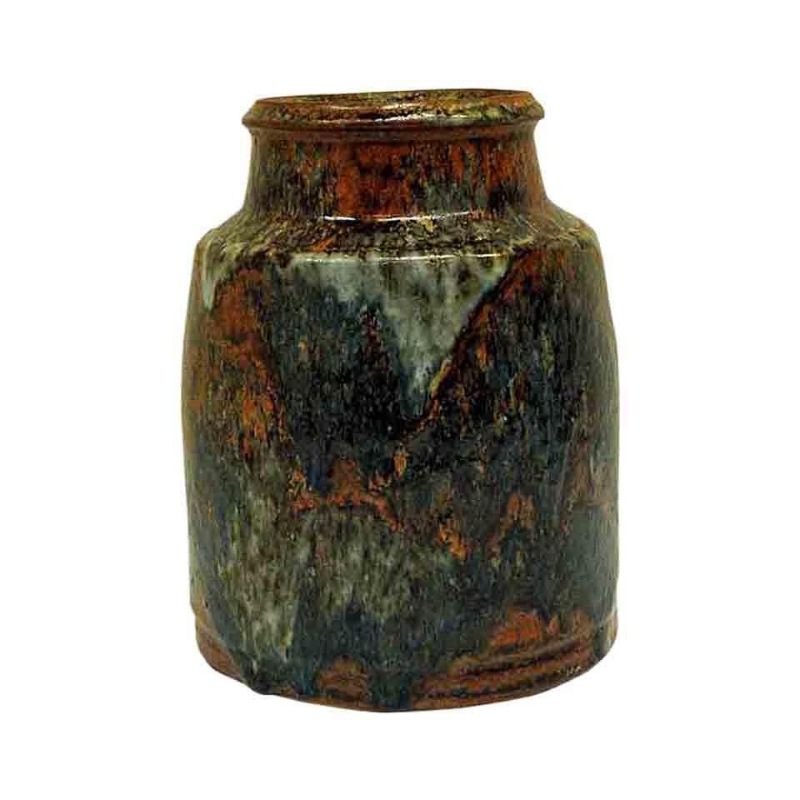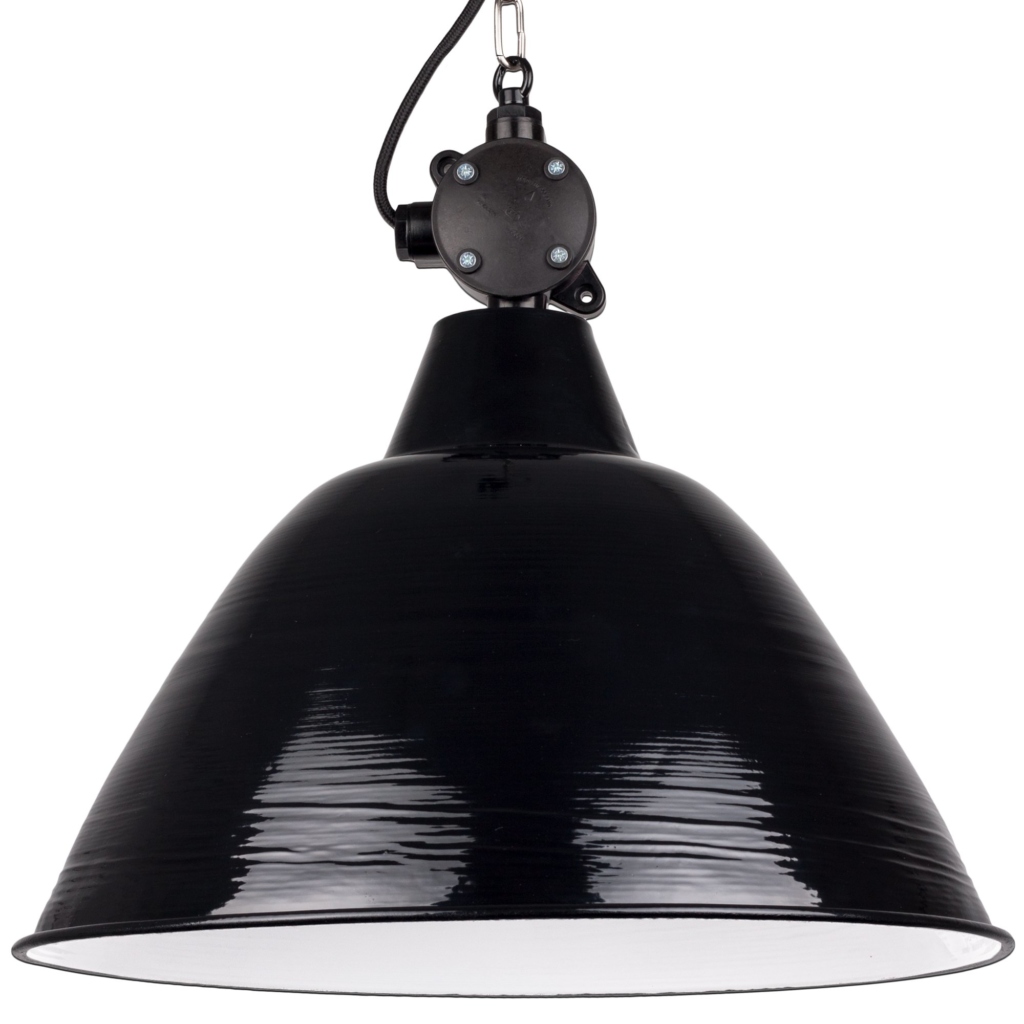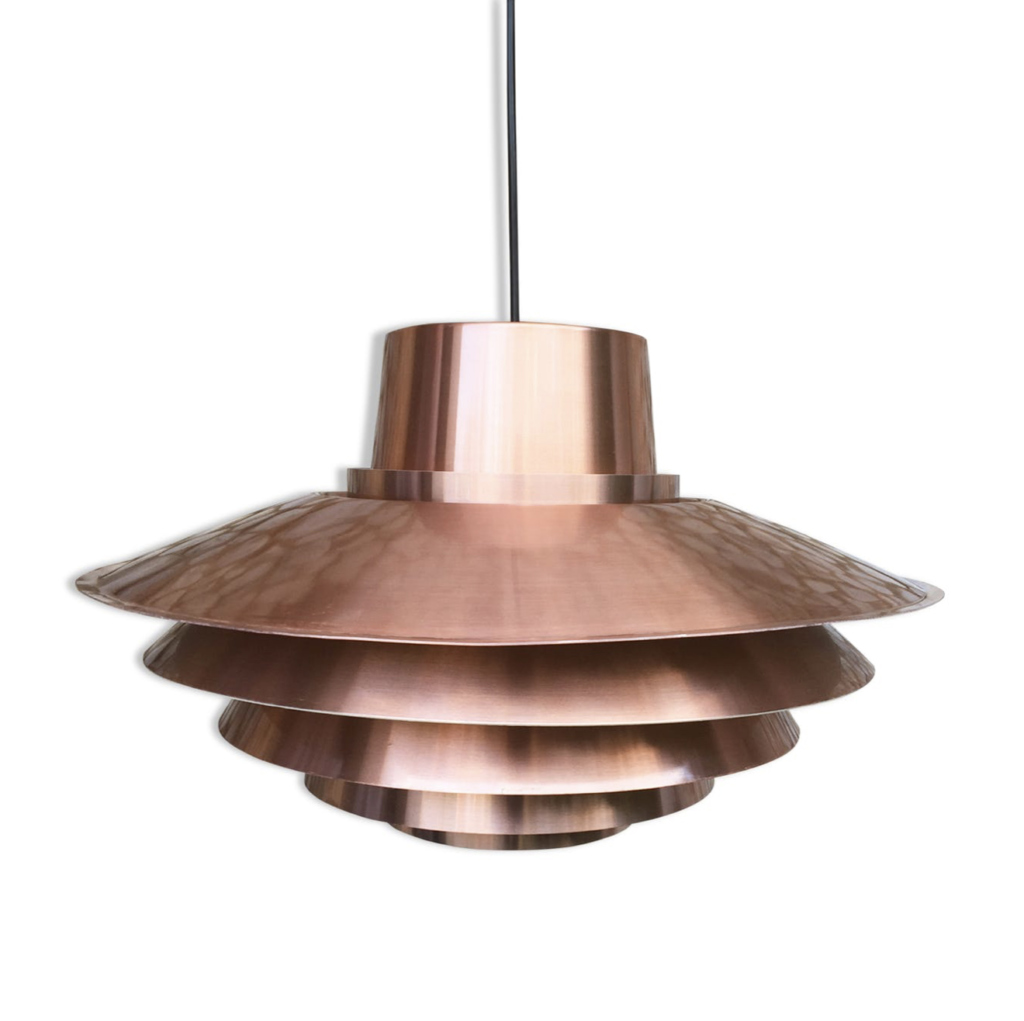continued
Basically, the world is caught up in a crisis of doubt about western civilization and its empire constellation's ability to wield reason and force in ways that can successfully order the world into one remotely worth living in.
No one doubts that the oligarchies in the west have control of the levers. They doubt that the intellects of the oligarchs are sufficiently capable, and they doubt that the levers to be pulled are both strong and dexterous enough to effect a global order that people and societies can participate in willingly and with net benefit. And this doubt penetrates perhaps most deeply into the societies where the western oligarchies themselves reside.
Once you have tried to design a toaster, and have seen the complexities involved in that, the idea that a small oligarchy, or constellation of them, can orchestrate a global order through a central bank centric apparatus seems ludicrous. And yet this central bank centric order, with the sizzle of fast food and digital entertainment is almost the entirety of the substance of the philosophy and world view that is being offered the frightened, confused, bi-polar world of persons and local organizations. Let'em eat bytes.
Is it any wonder that billions of human beings cannot relate to this prix fix menu it is being offered? Is it any reason that billions of human beings have grave doubts about the chefs claiming to run this kitchen?
Is it any wonder that designers are having trouble being in touch with their cultures and with finding rather than searching for designs?
A little bit of everything
Koen
Popular
Stark
Cultural
Koen's bacK!
I could imagine many long fresh soft smiles when we read Koen's post.
Some space was waiting. Silent triumphal return in the Koen-way.
Welcome bac-K!
Popular
When this issues appears from time to time in one thread or another, I understand that could be fun.
The spirit of this thread, as Oops-award, as those "the worst classics", etc. are interesting on the side that make it popular, are fun, find accomplice/abettor on the other side.
Get attention of public is important and using fun-popular tools are a smart way to approach.
The popularity can this issues arise, most of the times is very high. And attention at popular things you know is a main concern to me.
But once we get that attention if this popular issues are indented to go to larger audiences can't loose the opportunity that at the same time give some fun, also give some education.
Just laughing on an apparently bad side of some design, forgetting the context, without perspective, and without understanding why/when/how was design, although fun, will end as disinformation.
Could be hard work, must be a kind of art.
Without giving the rest information would be as fun as joking with/on a boy of the classroom, the one that uses glasses. He could be a genius, but he uses glasses.
the rest of the little bit
Stark's
Stark's Juicy Salif, is an icon, is the paradigmatic example of those times.
I think that's the best (or better the worst) example.
Good or bad, I DO find it as THE object "that reflects the state of the culture at the time it was created".
Was the object made us realize there was something wrong. That after such beauty-sculptural bright there was nothing more. Was a break point.
People was demanding that. And Stark was the best doing it (The best doing the worst). I don't think he couldn't realize, but was responding to the culture of that time (and sell or =sell).
Some people is still demanding that. That's why as a response today we could find a range of options, specially in Europe, (DAblog show some) that put other issues first. And some radicals go intentionally to the other extreme putting non-beauty first.
And on the popular side, THIS, with many other Alessi objects of the period, are the ones that made Design very popular. Thanks for them now design is in mind/mouth of many more people.
Cultural readings.
I find that's a pending and although open, not at all closed subject at DA.
Here is an example that popular issues would have fun and of course be popular. But intellectual, in the other extreme can be bore (for some people). Pure intellectual thinking, would be more interesting seasoned with popular issues (for some people). And DC often do that.
I've got it and agree!
=
finding rather than searching
+
different controls and government
Some ways of control government or whatever you call it, could be good to germ cultural designs or not. Germany with the different governments and designs in past century comes to mind as a good example.
I could not leave this just as it is! I'll try to write some perspective point of view from the end of the world, for the next I think, or should be here? Is this thread turned into the still pendant cultural subject? Perhaps other one?
It might not please...
..those readers that by accident started to read something they were not really interested in, so let me start with a:
Content declaration:
Does not provide your daily doses of nostalgia.
In case of nausea, intellectual irritation, please contact your health professional.
May contain some traces of humour.
No PhD required.
I find DC Wilson's quote of Pablo Picasso and his development of that thought interesting. Much like Gustavo, I am to some extend handicapped by the language and I am not capable to condense my opinion to a generous repetition of the last letter of the alphabet.
What is remarkable with Picasso's quote is that "finding" could be interpreted as using what is already there, in other words using a formal vocabulary that is generally understood and accepted. We know of course that the man was almost too innovative for his own time, so "finding" in this case is not using what already exists in his own field of artistic activity, but to translate other existing social and cultural indicators into the world of art. In doing so he made a monumental contribution in creating some coherence between the very turbulent first half of the 20th century, with devastating conflicts but also with fast technical and scientific progress and his own world, that of painting and sculpture.
As DCWilson points out, there is a visible difference between design that is the result of a personal search and design that concludes de activity of finding what is already there?but not yet visible in the world of design. In that sense I fully agree with Gustavo's description of the cultural importance of some of Philip Starck's work, especially the lemon squeezer. Without wanting to limit the directions that designers can explore, one has to wonder, like DC does, why such important aspects of our lives, like the shortage and depletion of oil, the access to water, the erosion of the trust in the democratic system, the stratification of power etc. does not seem to find a way into the cultural expressions of our times, design included. I agree it is easier, to the extend that someone has the talent to do so, to paint on 24 sq. meters ( 80 sq.feet) the horrors of war, that to translate the collapse of morality in the financial world into a well designed and comfortable chair. I would have to agree with Gustavo that the only thing designers can do is to choose among the many possibilities and only "find" some of the many influences that are imposed on them by the culture of our time. But even with that consideration in mind we do not see that many designs that tackle at least a small part of what characterizes the beginning of this new century. This being said, there is more to it than that. One can not pretend that the Scandinavian modern movement was very much in tune with it's own time.
cont.
Sweden might be an exception because design was such an integrated part of the social democratic movement and as such largely supported by organized labor (Lands Organisationen etc.) but Danes, Finns and to some extend the Norwegians certainly did not build much on innovative technologies, revolutionary visions of the future, distress of war and later new found peace but still on the frontline of the cold war etc.
Most of the products we appreciate on the "collectors" side of this forum is the result not of being in tune with the times but on being based in tradition, innovative by a sane form of rivalry, and guided by an utopian vision that tend to ignore the times rather than embrace them. It might very well be that these three elements, the respect of specific traditions, healthy competition and a utopian vision, is what made the movement survive and being appreciated even in our times. The other source of modern culture, the Bauhaus, which was closer to a movement of "searchers" than "finders" has not done as well. Even transposed into the fertile grounds of North America, the "finders" tradition, Eames, Bertoia, Saarinnen, etc. has done better than the energy loosing Bauhaus movement.
Short attention span being one of the characteristics of our time, I am going to end here for the time being.
scoobydubious...
See squatty version of traditional Bialetti Espresso maker.
Okay, scoobydubious, okay.
See Bialetti Mukka capuccino maker.
Needs refinement, scoobydubious, needs refinement.
http://www.amazon.com/Bialetti-Express-Cow-Print-Stovetop-Cappuccino/dp/...
Design connected to a 'designer'.
Starcks juicer is iconic? I would say yes because we all know it.
Does not function but will hold a Nytimes in the wind. Not a success but
can't say i dislike it.
Failure yes. But i smile when i see it. Funny disaster.
Daily existence is full of bad design.
#1
Driving in New Jersey.
I almost didn't buy a recent car that is only 10 miles away. I'm in NY but
google directions were wrong and it took two hours to find the location.
(a back road clinched the deal and free car wash for life helped)
I've heard from friends that GPS is a joke in NJ.
#2
Switches
Up should be 'ON'. Down should be universal "OFF".
Dots and dashes set up left and right any way they please are headaches.
(Dualit toasters again)
Hotel rooms. I travel a bit for work. Last spring i was set up in a 'spa'.
I have a photo file documenting the absurdity. Must have been 30 mood
switches and the bath was a wonder of confusion. The shower had a bank
of jets and such. How to flush? The tub? It was for swimming but how to
fill? (stupid)
#3
Credit card scanners
and Lucifers post...
The scanner at the grocery. Always an event. Always scolded by 'Kenny'.
"hit enter!' (but i don't see an enter button Kenny) stop scolding me.
#4
Phone cables and all misc cables!!!
Every daily event is designed. And not very well.
(I'm a lefty. I don't really think about that one much)
Being the designer in the household i do hear about it.
'This entire house is set up backwards!' : )
I need to digest and read...
I need to digest and read through all those great thoughts in this thread to be able to write my little bit 🙂
But what just came to my mind was another quote I know from Picasso, saying : I don't have dreams, I have plans.
in this terms.. even the previous quote {I do not seek, I find)looks to me like expression of some deeper knowledge, his confidence about what he is up to do..
btw. really great to see you back, koen 🙂
Call me short-sighted, but
I confess that I was put off by the length of DCW's posts above and so haven't read them. However: Wilson>Koen said: ". . . why such important aspects of our lives, like the shortage and depletion of oil, the access to water, the erosion of the trust in the democratic system, the stratification of power etc. does not seem to find a way into the cultural expressions of our times, design included."
But why would we expect or even want a chair or a lamp to address these questions ? If the definition of design is "Something arranged to answer a problem or suit a need" -- then isn't the problem (and the answer) intrinsically a matter of finding the right venue ? Don't the (social, political) problems listed above find their answers in the chambers of legislature, or the courts, or even church, rather than the design studio ? In the same way, would we ask (or even permit) our legislators to solve the problem of a functioning chair or lamp ?
And, when a P Starck gets around to making a table lamp out of a gun stock -- we boo and hiss ! We don't WANT a designer to bring gas masks and land mines into the living room -- do we ?
When Koen says "Most of the products we appreciate on the "collectors" side of this forum [are] the result not of being in tune with the times but on being based in tradition, innovative by a sane form of rivalry, and guided by an utopian vision that tend to ignore the times rather than embrace them," we can agree, and recognize that design has its own statements to make, and that fulfilling the sales department's mandate is only the jumping-off point for the best of the bunch. Designers don't need to silk-screen this week's headlines on their surfaces in order to "fill the bill"; their work has other meanings and messages -- doesn't it ?
In the mean time.
I'm reading Alan Weisman's "The World Without Us" and I can recommend it to all. While ostensibly a description of the Earth's recovery from our presence, if by some oddity we (mankind) were to disappear tomorrow -- "How long would it take for the dams to burst or crumble, for the skyscrapers to fall, for the forests and the animals to resume their business, unmolested ?" -- the author spends considerable time with the history of Nature, and of man's beginnings. Along the way I am reminded of Koen's previous work here on petroleum and plastics. The question again comes up: "What should we be doing with the remaining supplies of our most precious natural substances ?" Koen made the argument that, rather than burning oil for energy and transportation, it might better be used for making things that last -- assuming that we can sharpen the pencil and choose those things wisely, to do us the most good as we transit from the "old way of doing business" to something better.
Others might propose different uses for this commodity. But as we talk about what designers can do that ISN'T just "styling," one of the issues to discuss might be "What is the most socially responsible use of materials -- and the energy that is consumed to work them, to package them, and to transport them ?" Is glass, or metal, or plastic, or ceramic the "best" material for, say, a coffee cup, from a sustainabilty point of view ?
If you need any help, please contact us at – info@designaddict.com









